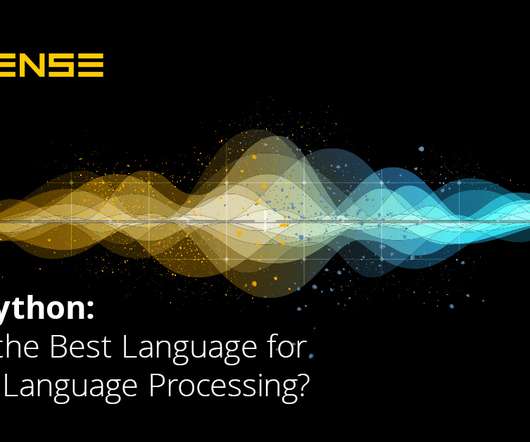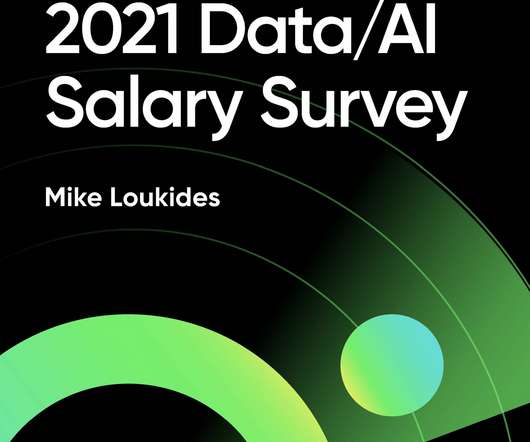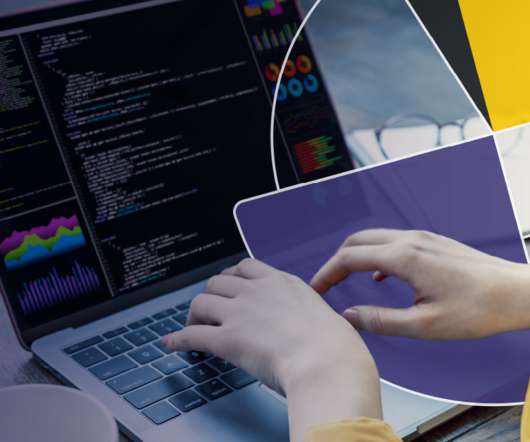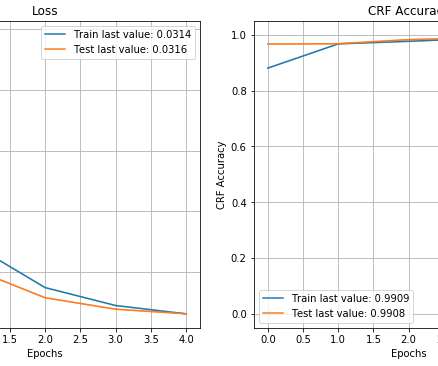R vs Python: What’s the Best Language for Natural Language Processing?
Sisense
APRIL 10, 2020
Text data is proliferating at a staggering rate, and only advanced coding languages like Python and R will be able to pull insights out of these datasets at scale. R or Python?”. People looking into data science languages are usually confused about which language they should learn first: R or Python. Python: Versatile workhorse.



















Let's personalize your content